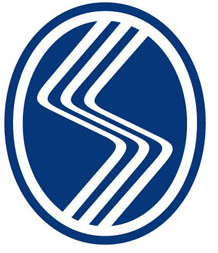Abstract:
Background and aims There are limited data about the benign biliary strictures (BBS) which can develop during the clinical course of acute biliary pancreatitis (ABP) due to compression of the common bile duct (CBD) by edematous and inflamed pancreatic tissue. We aimed to determine the incidence of BBS due to ABP and its clinical course after endoscopic management. Methods The study was retrospectively conducted among patients with ABP who were admitted to a single tertiary reference center during 3 years. BBS-ABP was defined as distal narrowing of the CBD with proximal dilatation and delayed drainage of the contrast into the duodenum. Endoscopic treatment was performed by inserting a single 7F or 10F plastic stent which was exchanged every 3 months until stricture resolution. Patients were followed for 1 year after stricture resolution. Results Seven hundred and twenty-one patients had ABP during the study period. Among them, 257 (35.6%) patients underwent ERCP and 26 patients (3.6%) had CBD stricture due to ABP. A 7 Fr plastic stent was inserted in 18 patients and 10 Fr in 8 patients. The stricture was completely resolved at 3 months in 66.7%, at 6 months 23.8% and at 9 months (9.5%) of the patients. There was no procedure-related complications other than asymptomatic stent migration in 4 (19%) patients. None of the patients had recurrent biliary stricture during the 1 year stent-free follow-up period. Conclusion BBS-ABP is a frequently seen clinical entity. In most patients, the stricture improves within 3 months and temporary endoscopic stenting prevents the patients from the consequences of the obstruction during this period.











